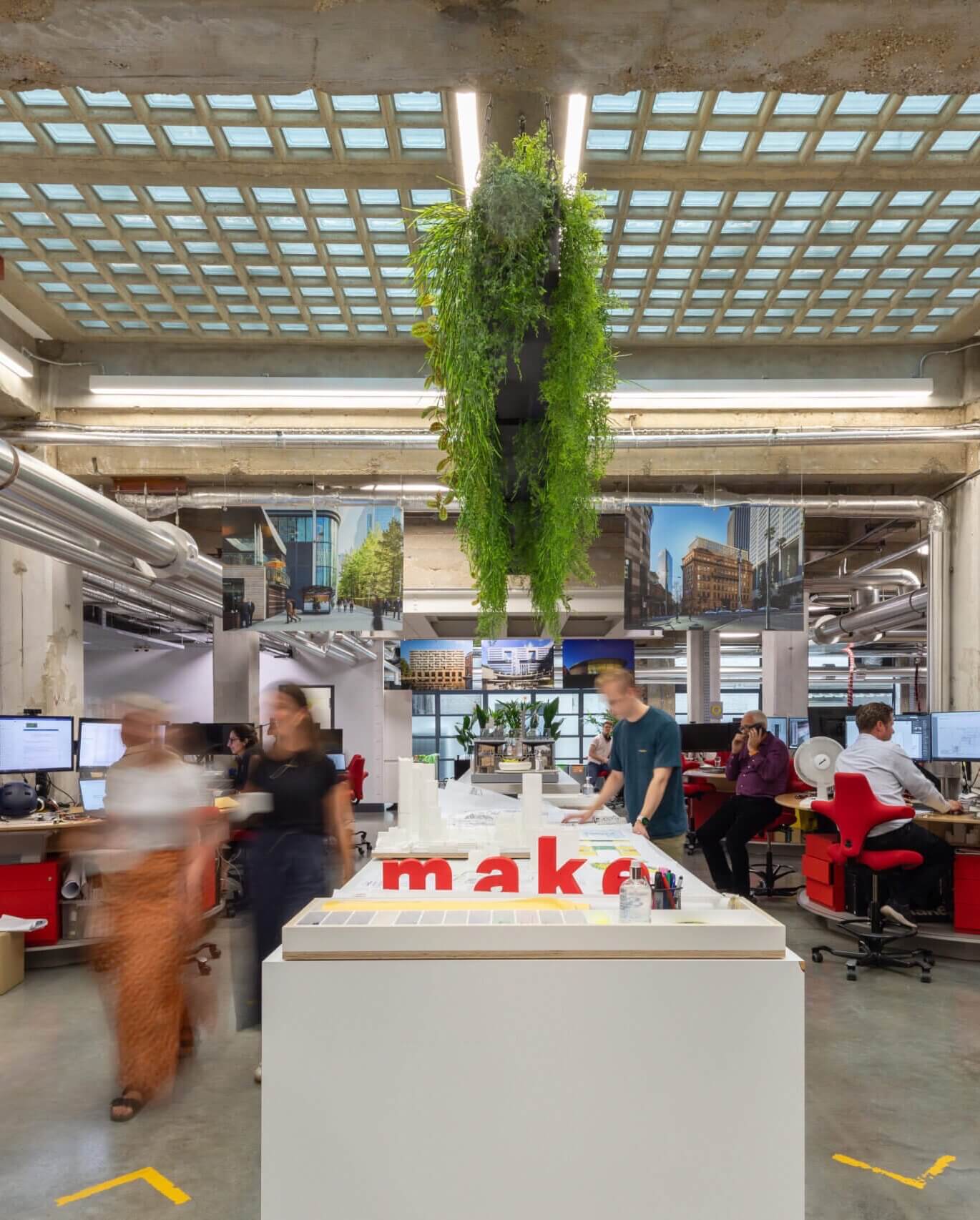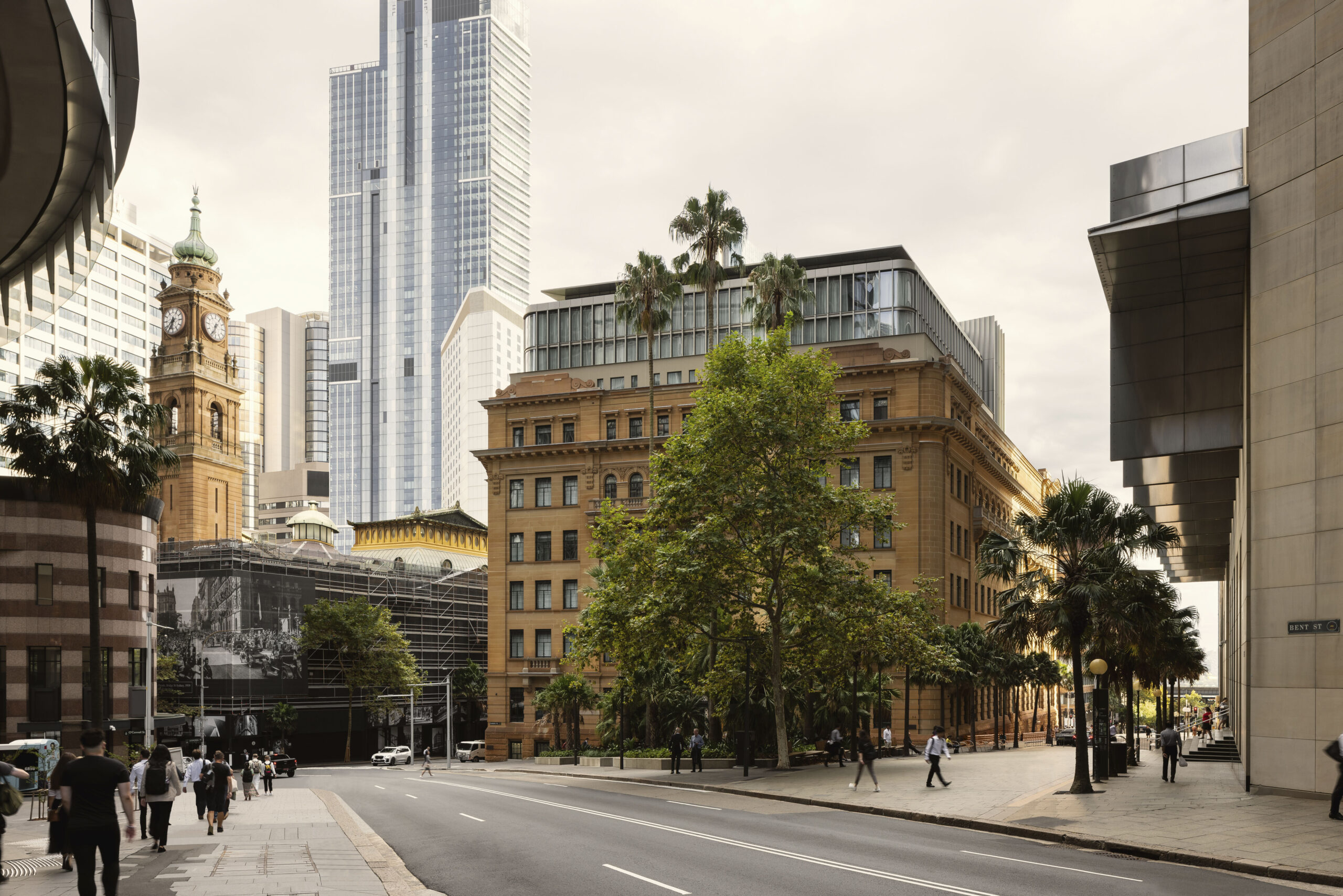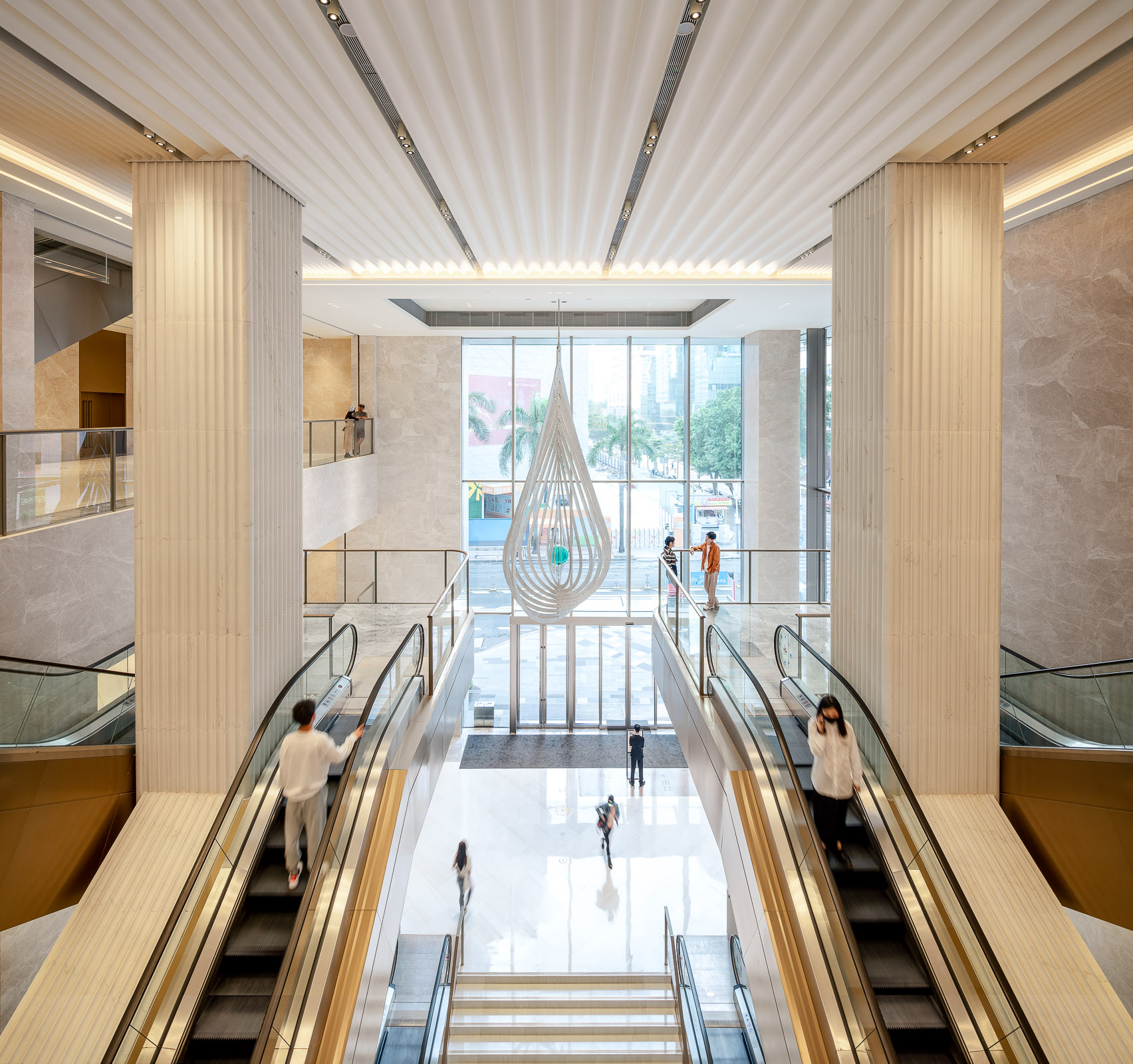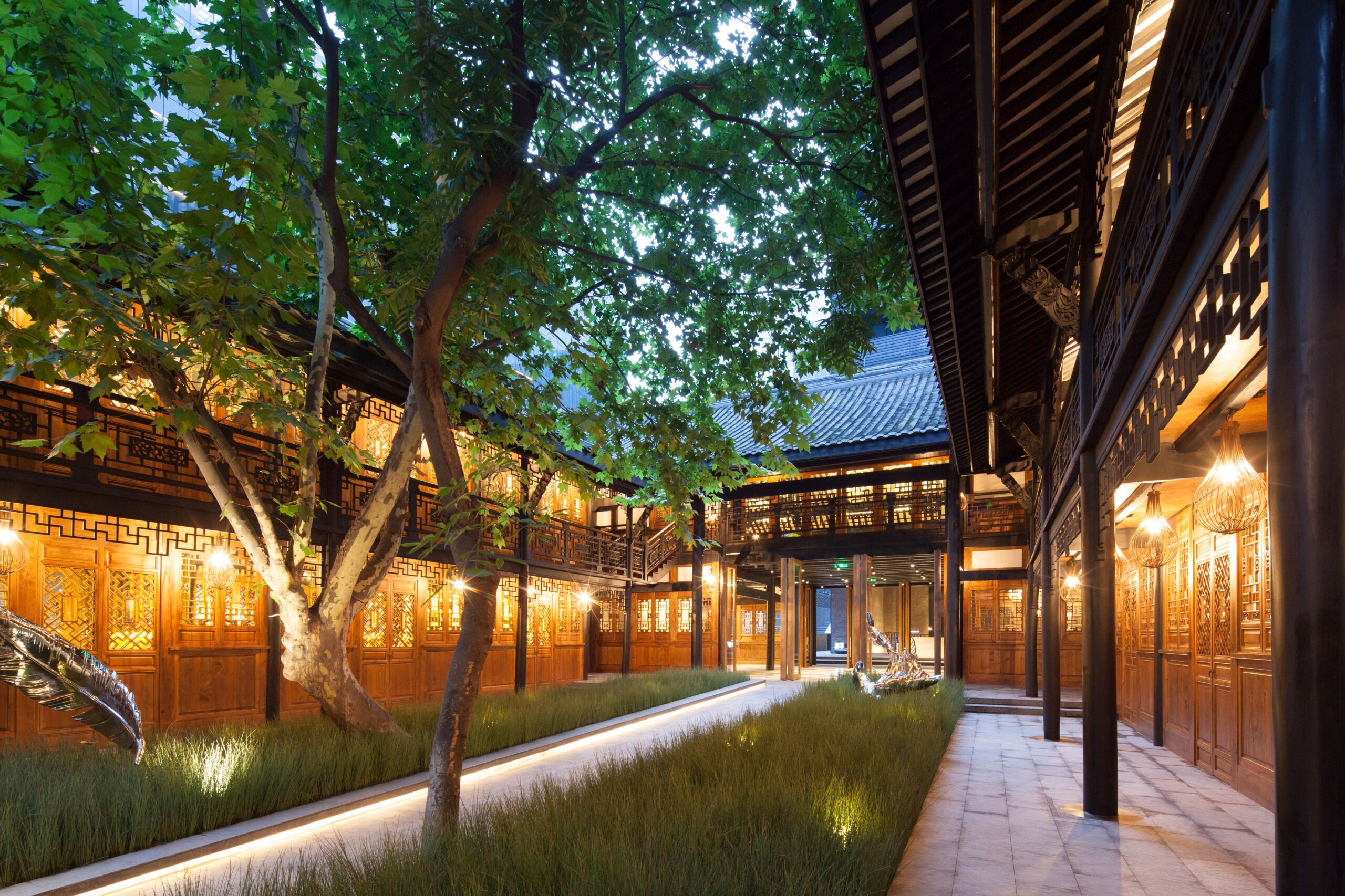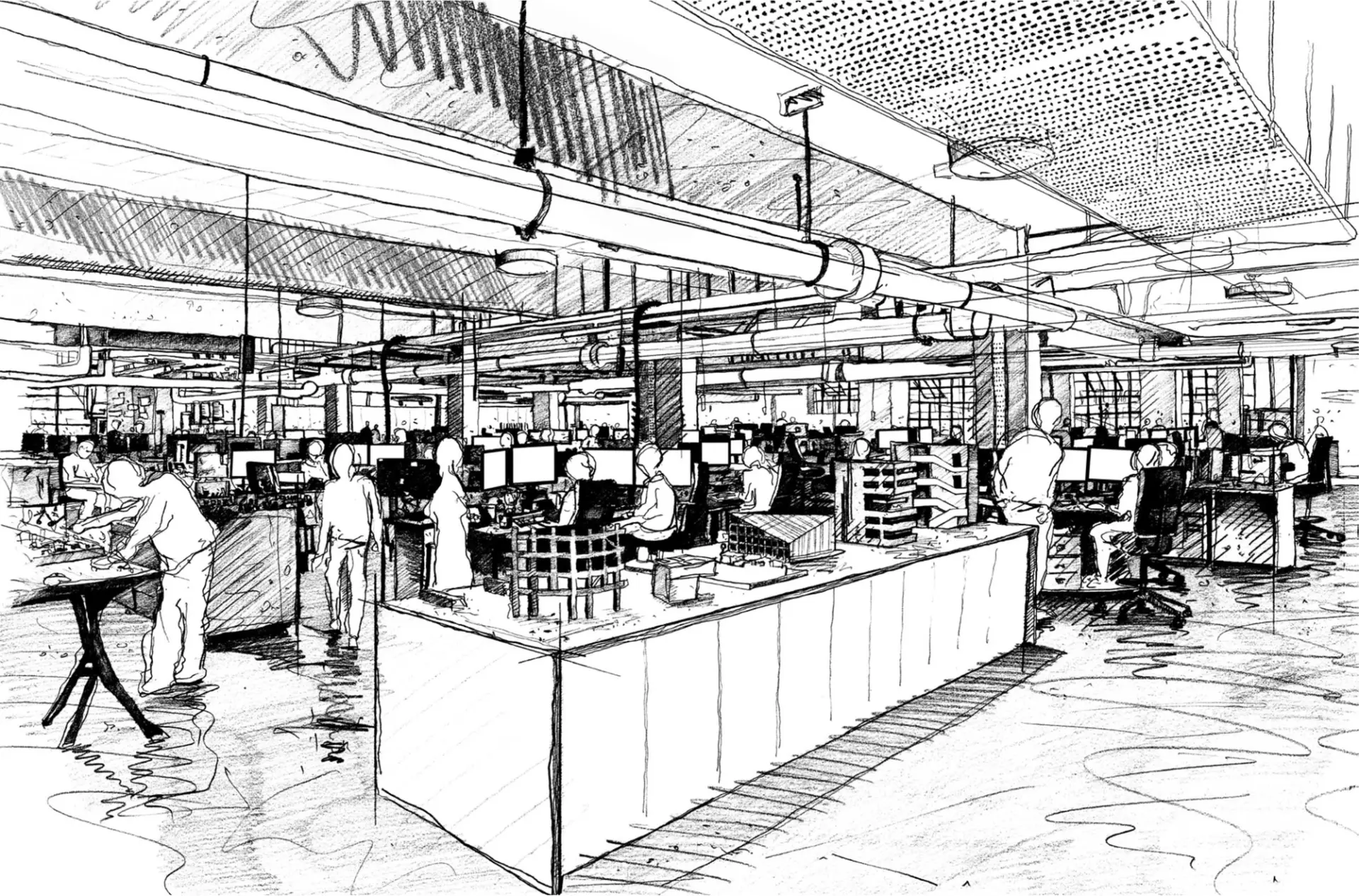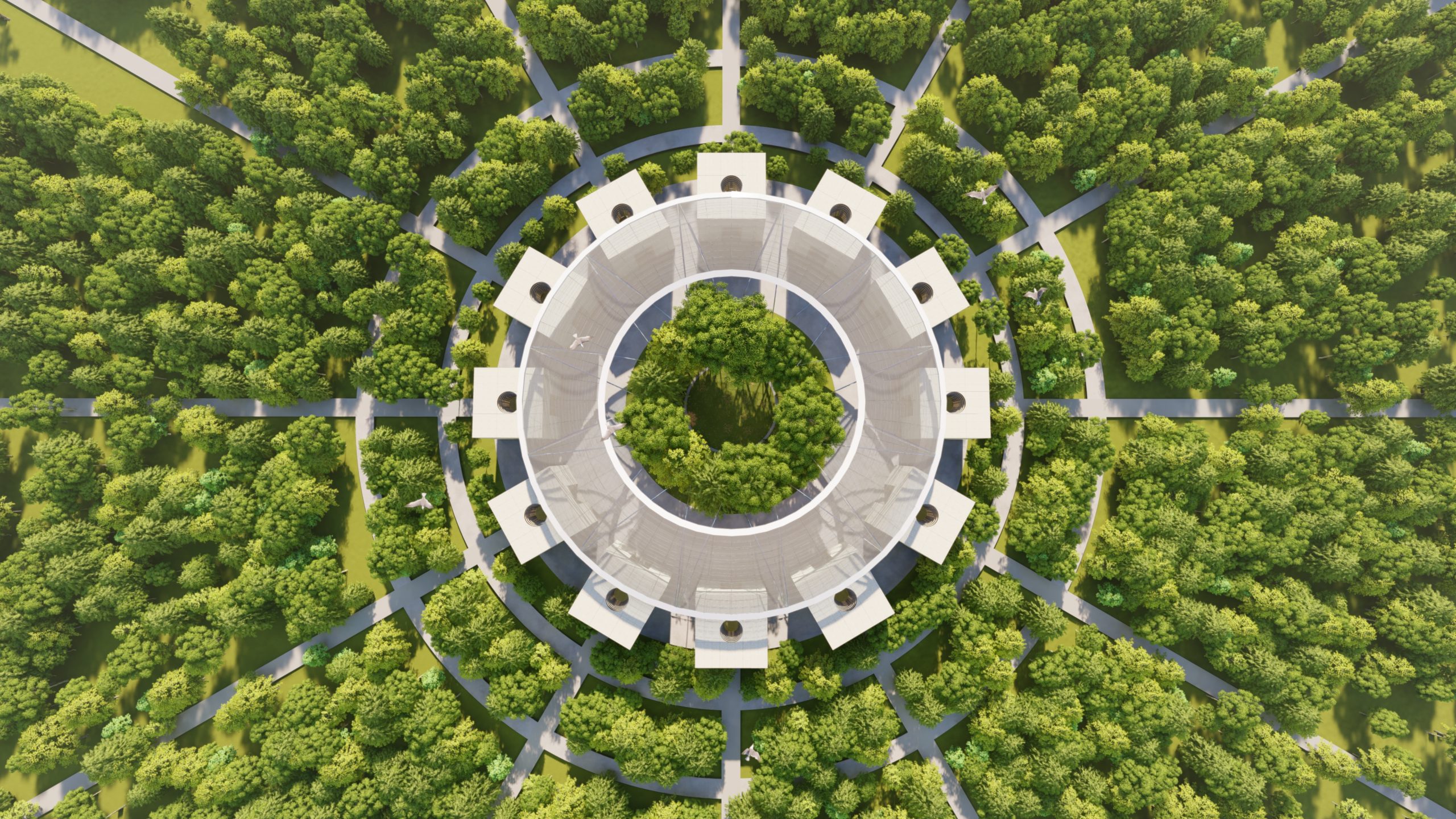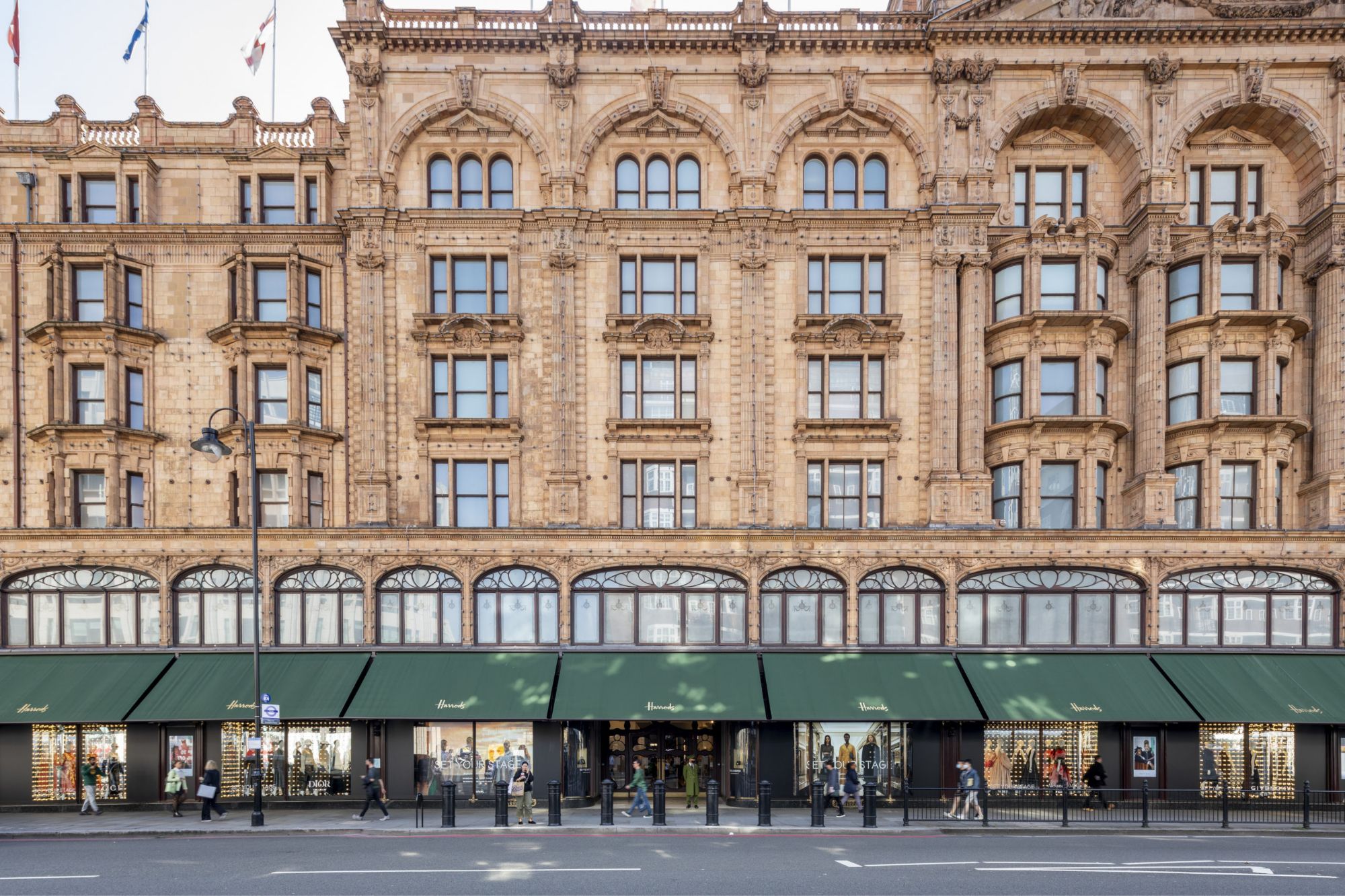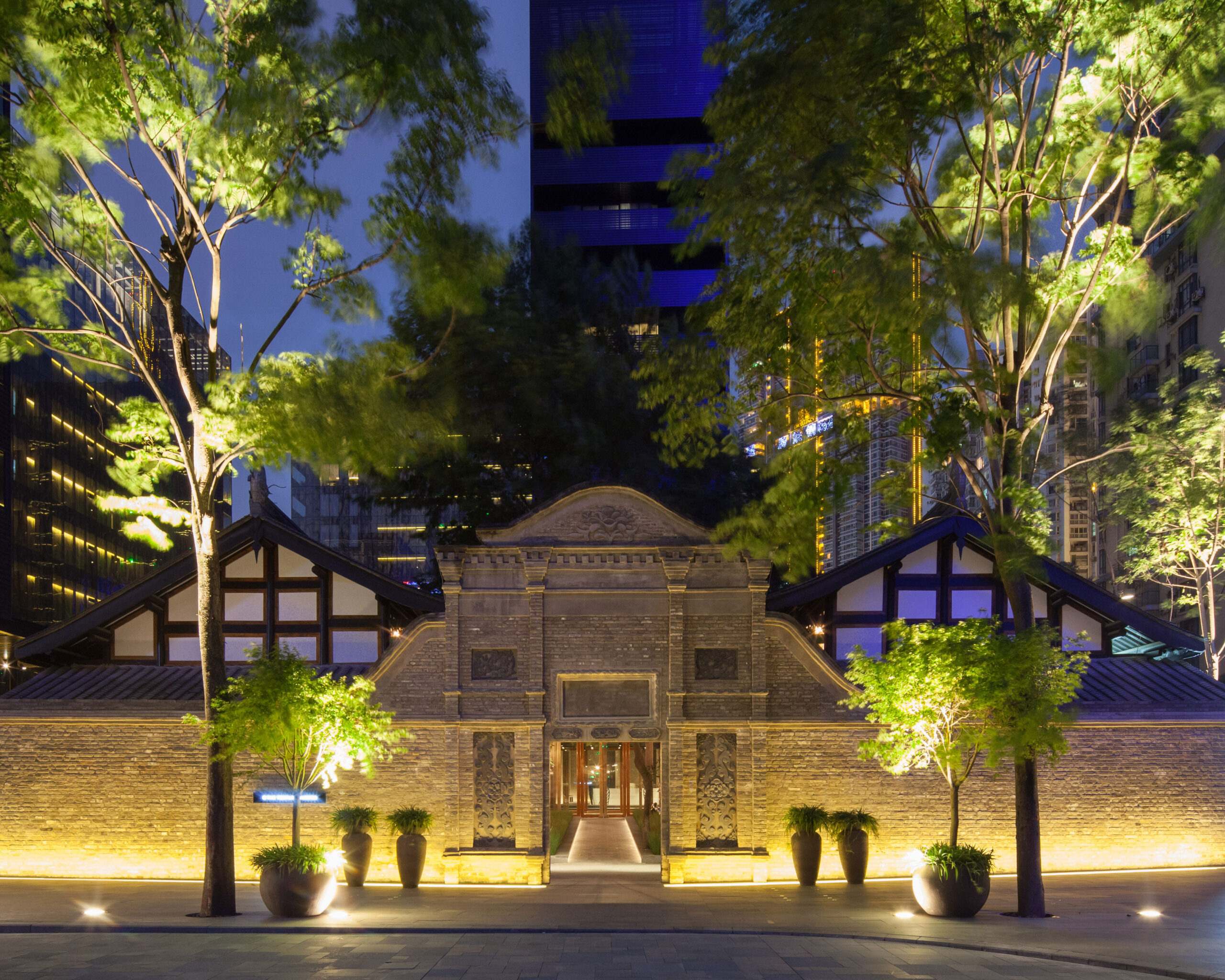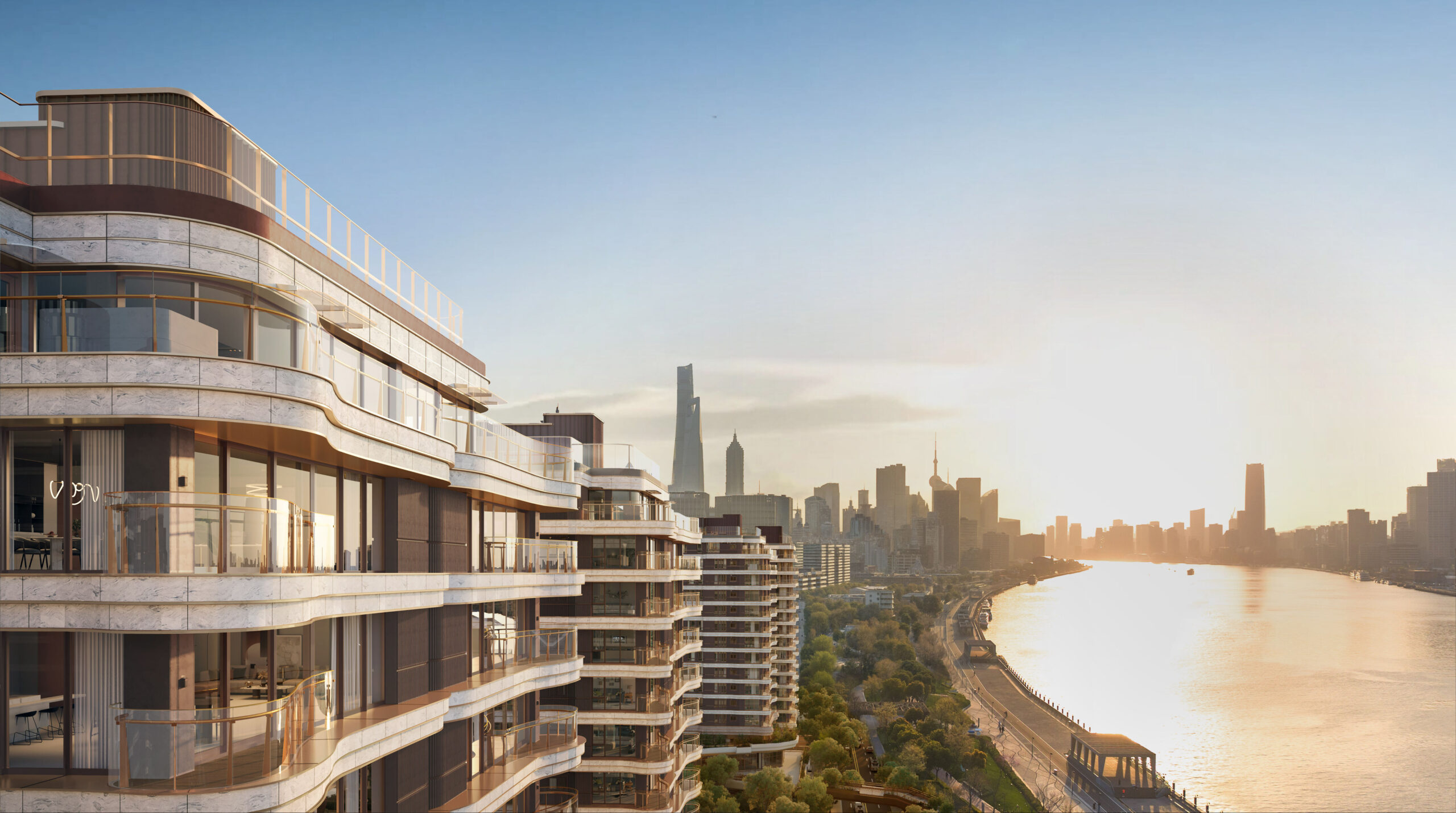













































































































































































































































- 探索:Make的摩天楼群
- Make models: Carlisle Health and Wellbeing Centre
- “Drawing as a method of dialogical design” – an interview with Eugene Tan
- Winner of The Architecture Drawing Prize 2023: an interview with Eldry John Infante
- AI integration at Make: shaping the future of architecture
- Optimising the value of build-to-rent
- Make models: Station Row section model
- Make models: Drum
- Make models: Milton Avenue/Station Row
- 零售设计与酒店设计跨界
- Defining a sustainable workplace – the BCO’s climate emergency challenge
- Discussing exhibitions with Dr Erin McKellar, Assistant Curator (Exhibitions), Sir John Soane’s Museum
- “Spirit is pure, so that’s what I feel here.” – Aunty Margret
- Make models: Seymour Centre
- Hydrogen: Solution or ‘Techcrastination’?
- Q&A with Maker Michelle Evans, project lead on Capella Sydney
- Carbon goggles: looking for facades of the future by reflecting on facades of our past
- Winning the 2022 Architecture Drawing Prize
- Make 模型: 购物中心立面设计竞赛
- Make models: Salford Rise
- Variety in urban living: setting the scene
- Variety in urban living: the challenges and opportunities
- Wilding the City
- Make models: 20 and 22 Ropemaker Street gift models
- Variety in urban living: innovation is key
- 设计再生旅行
- Make models: Jersey South Hill
- Reflections on Make Neutral Day 2023: Part 1
- Reflections on Make Neutral Day 2023: Part 2
- “Let’s do something a bit different”
- A deep dive into an amazing ‘Wunderkammer’
- “My first subject was a house. From then on, I started developing my drawing skills.”
- 《山之境》
- Make models: Brookfield Place Sydney
- Make models: community library model
- “I’ve wanted to be an architect since I was four years old.”
- “I’m learning that architectural designs will need to work in the real world.”
- Make–ReMake
- Embodied carbon of transportation
- From listed buildings to 21st-century schools [2/2]
- Drawing Sydney
- Inspired by “art built” – an interview with Marc Brousse
- Embodied carbon in curtain walls
- Reducing embodied carbon isn’t all about materials
- “Tall buildings mesmerise me.”
- The town centre in five years’ time: Community [1/3]
- Make models: metal etching
- “I’m the first one in my family pursuing architecture.”
- “What can you see behind this building?” – an interview with Fe
- My next getaway
- The town centre in five years’ time: Wellbeing [2/3]
- Make models: 80 Charlotte Street
- 生机建筑:都市森林
- “I want to build things that will explore new depths of the sea.”
- Upfront carbon: how good is good enough?
- The town centre in five years’ time: For everyone [3/3]
- Winner of The Architecture Drawing Prize 2020 – an interview with Clement Laurencio
- Restoring Hornsey Town Hall’s clocks
- A Proposed Hierarchy for Embodied Carbon Reduction in Facades
- From listed buildings to 21st-century schools [1/2]
- Comparing embodied carbon in facade systems
- Building Natural Connections with Energy, People, Buildings
- Designing in the wake of coronavirus
- Musings on The Architecture Drawing Prize 2020
- Living employment
- Bridging the gap
- Stephen Wiltshire
- International Women’s Day 2020
- Inspiring Girls
- Post COVID-19 – What’s next for higher education design?
- Four ways residential design might change after COVID-19
- Make models: The Cube
- One Make
- Atlas – Tech City statement
- Architectural Drawing: States of Becoming
- The Architecture Drawing Prize exhibition reviewed
- ‘Architecture in the frame’ – London Art Fair
- The future of retail and workplace
- Post-COVID
- A Hong Kong perspective on a post COVID-19 society
- Chadstone Link: Making new connections
- Design narratives and community bonds
- Behind the scenes at the 2019 World Architecture Festival
- Drawing on the culture that makes the buildings
- Future modelmakers 2020
- After coronavirus, how can we accelerate change in workplace design to improve connection and wellbeing?
- Improving social ties in our cities
- Q&A with our student modelmakers: Theodore Polwarth
- Q&A with our student modelmakers: James Picot
- The Teaching and Learning Building model by James Picot
- The City is Yours
- Pablo Bronstein
- Encouraging spaces of conviviality
- The importance and passion of heritage in the built environment
- No show, so what next?
- The Madison model by Theodore Polwarth
- Choosing architectural modelmaking
- The Big Data Institute model by Finlay Whitfield
- Q&A with our student modelmakers: Finlay Whitfield
- World Heritage Day 2020
- Make models: Agora Budapest
- Drawing in Architecture
- Draw in order to see
- Our commitment to sustainable design
- Asta House – Local living in Fitzrovia
- Project delivery at 80 Charlotte Street
- Make models: Chadstone Link
- Langlands and Bell – Observing and Observed
- Telling Stories: The power of drawing to change our cities
- What role will hotels play in our society after COVID?
- Sketchbooks: draw like nobody’s watching
- Transparency and a sense of investment
- Honest, in-depth learning
- Leaving a mark
- The hand does not draw superfluous things
- Make models: 20 Ropemaker Street, part 2
- Balance
- The value of the drawing
- Museum for Architectural Drawing, Berlin
- Prized hand-drawings return a building to an organically conceived whole
- Drawing details – technical and poetic
- Draw to Make
- Living with loneliness
- Betts Project
- An update from Sydney
- Combating loneliness in the built environment
- Make models: 20 Ropemaker Street, part 3
- Sydney born and razed
- Make models: 20 Ropemaker Street, part 1
- Architecture and Creativity
- Retail innovation beyond the shop door: Lessons from the USA (part 3)
- Retail innovation beyond the shop door: Lessons from the USA (part 2)
- Retail innovation beyond the shop door: Lessons from the USA (part 1)
- Drawing to an end?
- High-density living in Hong Kong
- Make’s past, present and future
- The Architecture Drawing Prize – Not just another competition
- Community connections
- My time with the BCO
- The call of the wild
- The art of an art historian
- Mary, queen of hotels
- Make models: Portsoken Pavilion
- The Make Charter
- Make models: LSQ London
- Disappearing Here – On perspective and other kinds of space
- Why Brexit will see a glass half-full emptied
- Drawing and thinking
- Make models: Grosvenor Waterside
- The Hollow Man: poetry of drawing
- Above and beyond
- Making shops exciting again: Lessons from the Nordics (part 1)
- Making shops exciting again: Lessons from the Nordics (part 2)
- Plein air in the digital age
- A “Plan in Impossible Perspective”
- Making shops exciting again: Lessons from the Nordics (part 3)
- The future of bespoke HQs
- World-class architecture
- Make models: The Luna
- Drawing architecture
- The future is bright but not the same
- Art Editor’s picks
- Employee ownership
- The tools of drawing
- Trecento re-enactment
- The Architecture Drawing Prize exhibition review
- Lessons on future office design from Asia Pacific
- The human office
- How drawing made architecture
- Advocating sustainable facade design
- Make models: FC Barcelona’s Nou Palau Blaugrana
- Drawing as an architect’s tool
- Are you VReady?
- Cycle design for the workplace
- The Architecture Drawing Prize
- Make models: an urban rail station
- Reporting from Berlin
- City-making and Sadiq
- Hand-drawing, the digital (and the archive)
- Ken Shuttleworth on drawing
- The green tiger
- Stefan Davidovici – green Mars architect
- When drawing becomes architecture
- Make models: Swindon Museum and Art Gallery
- The role of the concept sketch
- Make calls for a cultural shift in industry’s approach to fire safety
- 2036: A floor space odyssey
- Harold on tour
- London refocused
- Hotels by Make
- Full court press
- Digital Danube
- Don’t take a pop at POPS
- The future of architecture – Matthew Bugg
- The future of architecture – Jet Chu
- The future of architecture – Robert Lunn
- The future of architecture – David Patterson
- The future of architecture – Rebecca Woffenden
- The future of architecture – Katy Ghahremani
- Safer streets for all
- The importance of post-occupancy evaluation for our future built environment
- Put a lid on it
- Designing for a liveable city
- The future of architecture – Bill Webb
- Bricks – not just for house builders
- Designing in the City of Westminster
- Rolled gold
- How to make a fine suit
- Responsible sourcing starts with design
- Is off-site manufacture the answer?
- Developing a design for the facade of 7-10 Hanover Square
- Curious Sir Christopher Wren
- Responsible resourcing should be an integral part of every project
- The socio-economic value of people-focused cities

1. What does it feel like to win the Prize?
It’s an honor to be distinguished by such an institution as Sir John Soane’s Museum, and to receive critical analyses by experienced judges Ken Suttleworth, Lily Jencks, Narinder Sagoo, Louise Stewart and Paul Finch.
It’s a pleasure to have the opportunity to present on a larger scale to a wider public audience, the drawing technique I developed and the significance of integrating narration in the architectural expression. I am really attached to the fact that art and architecture can interweave, and The Architecture Drawing Prize recognizes and emphasizes that notion.

2. When did you develop a love for drawing and architecture?
I have been drawing since I was a child.
My parents and I travelled a lot when I was young. At the age of seven, I was immersed in Egyptian antiquity and the year after in Greek civilization. I have a specific emotional memory discovering the Meteora, the Orthodox Monasteries, in the Thessaly region of Greece. Hearing the monks’ song, looking at those churches sculpted in the rock made me realize the strength of architecture, its harmonic relationship with a site, and the soul of the place that people can bring in the way they dwell there.
That discovery of masterful architecture was decisive with my wish to practice architecture.
3. Do you draw in your spare time? If so, what do you like to draw?
I started my artistic career in 2015 which fed my architecture expression and engagement in wider topical debate. Before that my relationship with drawing was simply and very happily more about what I see, or what I imagine. So like many architects, armed with a notebook, a pen and depending on the place and my mood, I would try to grasp different types of rhythms that animate, compose and surround us.
I think it is important to alternate the types, the size and styles to embrace architectural principles for representation, because architecture is a combination of several knowledge realms. So by using architecture and urban settings in the scope art-chitectural message or narration, I illustrate and experiment with natural shapes, organic forms, studies of the human body, geometric form, or simply architectural vocabularies to formulate sense.
4. Do you have a favourite artist or architect whose work particularly inspires you?
There are a lot of architects from ancient times until nowadays who have an architectural reflection that fits with my fundamental values in architecture.
But if I have to make a choice, (I won’t be original) I consider Louis Khan and Alvaro Siza as reference in their approach, their distinction between geometry, plan layout and definition, structure, light and material (matter). For example, the fact that the wall is a living space, a living interstice.
In the realm of drawing, I am really fascinated by Piranesi for his melancholic vision of Rome, creating king of timeless architecture. And the work of Francois Schuitten, for his capacity to interweave and embrace different periods of architecture (even creating new styles) and generating this scheming architectural civilization. Their ability to generate cities with intriguing architecture is fascinating.
Jacques Lequeu with his pictorial and fictitious representations too. I am also really attached to Lebbeus Woods’ studies, even I would say treaties, concerning the experimental worlds he built including several fields to supply architecture. They all have a common point in the message they deliver, that architectural principles bring an ability to recondition our time-thinking.
5. What are your favourite brands and model of pencils, pens and paper for hand-drawing?
I am used to the traditional, that ever “out-of-fashion” rotring. Capricious when it dries sometimes but when you learn to draw with it, you tame each other.
I also use Japanese quills (Maru and Saji) mainly for illustrations, as Shojo or Shonen drawings.
Then a wide range of charcoals to reveal light and shadow and so matter.

6. What is your favourite software for digital drawing and why?
During my architectural career and studies, I have learned to use many different types of software: Revit, Vectorworks, SketchUp, Archicad. But the one I prefer to use is Archicad, maybe because in its layering, components are quite flexible in creating the bridge between conception and execution. The nomenclature, the glossary is quite efficient in organizing and separating each phase of a project, and the software provides flexibility in the way you can elaborate on architecture. Also the ability to generate quick renderings and 3D visualizations is quite interesting as a tool for the conception phase and debate/brainstorm.
7. Is there any particular building you’d like to draw or reimagine and why?
My awarded work Dear Hashima is part of a long series I am developing. The project will be a timeless frieze. The artworks will define a collection on the architectural strength of our different civilizations past or future by humankind.
Cities and civilizations are mortal so I think it’s important to make durable the memory of the place through architectural drawing.
So like the utopia island of Thomas More, visions of cities without time could be illustrated, compiling a moral vision of the world.
I intend also to represent and redraw/revitalize that Urbatopias like Angor Wat, Pompei, Petra, Ma’Rib, Gagnon, Sanzhi, etc.
Lastly, It would be interesting to redraw and reconsider The Mundaneum, a precursor of the internet developed by Paul Otlet during the beginning of the 20th century. The idea of creating an architecture that aimed to gather together all the world’s knowledge and so would, in my opinion, gather together humankind’s history and soul.
It would be an interesting response/opposite view and direction of internet; living physical architecture vs living virtual ones. Architecture has the power to gather people and transmit knowledge, it is a real bridge for socialization compared to “network architecture” that in my mind disconnects people, the physical presence being deleted. Nowadays, we need to reinforce the fundamental values of our environment such as architecture, the nature of a city as a vector of social relationships and unification, and I think such a utopian project is challenging and necessary. Such a project could take place in different places, and for example Hashima Island could be revitalized in that sense.
8. What are the perfect conditions for sitting down and drawing?
A room with a view on the skyline to leave your mind travelling; having the possibility to catch different atmospheres when architecture, nature and sky debate.
Then my good old fashion drawing table. It’s nothing really original but it’s dear to me because its an heirloom from my family.
When I draw I like being isolated, to be in my bubble. When I create I listen to music. I think it’s obvious to say that architecture has a intimate link with music (the Renaissance period best experimented with and expressed that interrelation to compose architecture). Then the score, the rhythm of music influences the sequence of my cadence, my tempo, the rate between my brain and my pen. I like classical music, old and contemporary. For example at the moment I am fascinated by the German musician and composer Max Richter. Its a sensory journey that I cannot describe. Just listen to it.
This post forms part of our series on The Architecture Drawing Prize: an open drawing competition curated by Make, WAF and Sir John Soane’s Museum to highlight the importance of drawing in architecture. View the winning and shortlisted entries of the 2020 competition in our virtual gallery.





